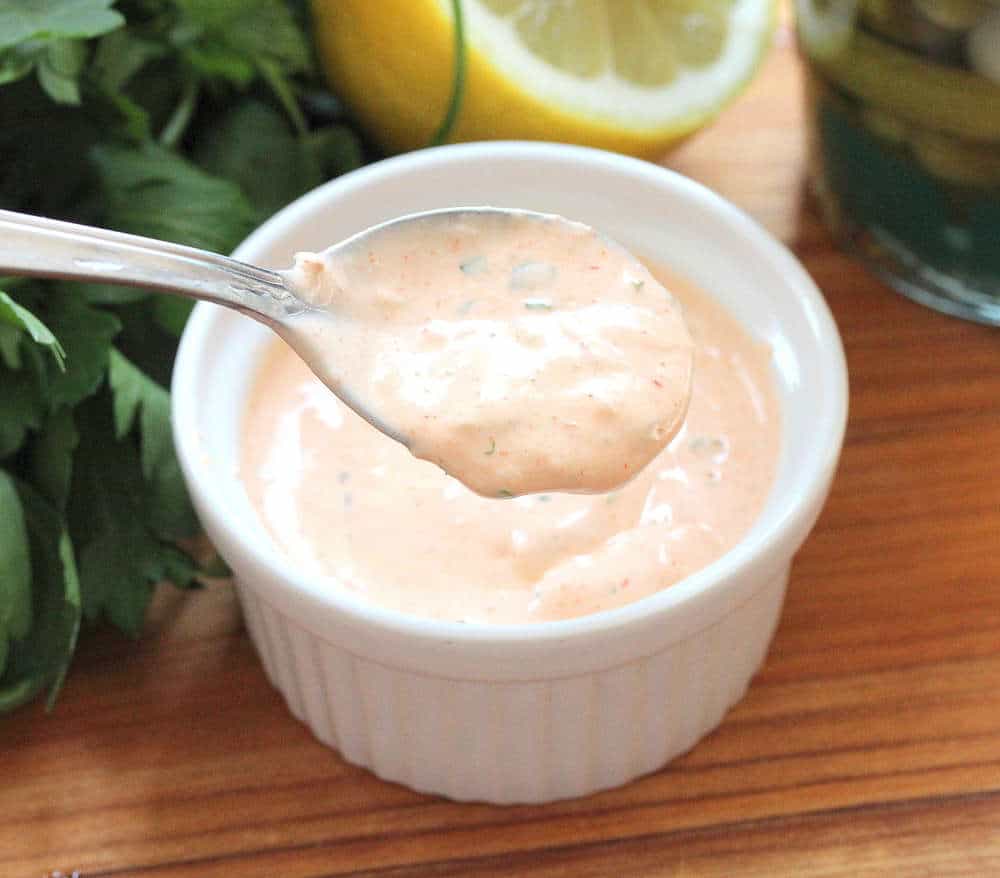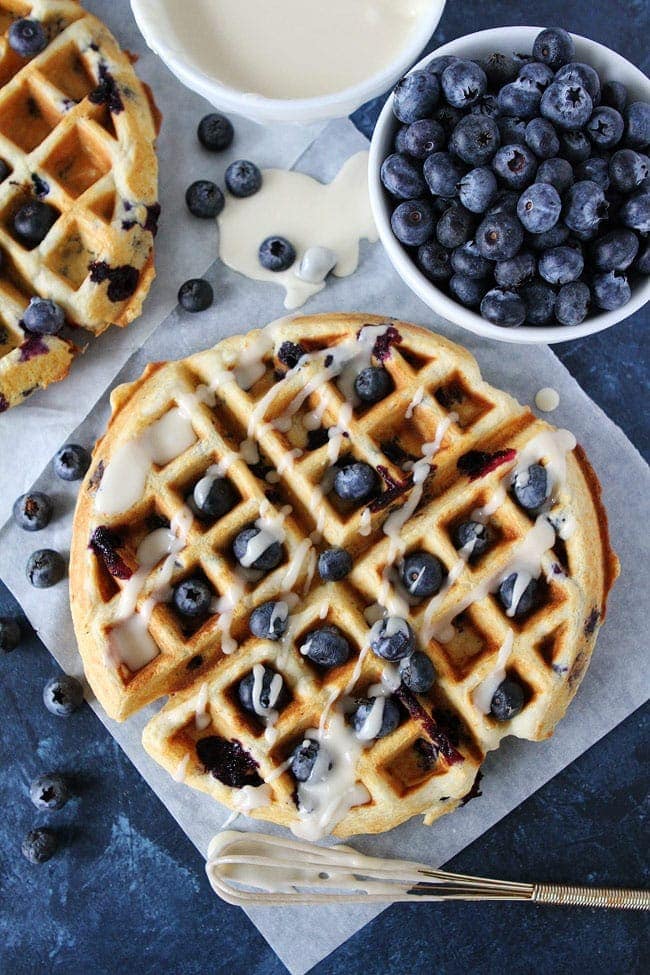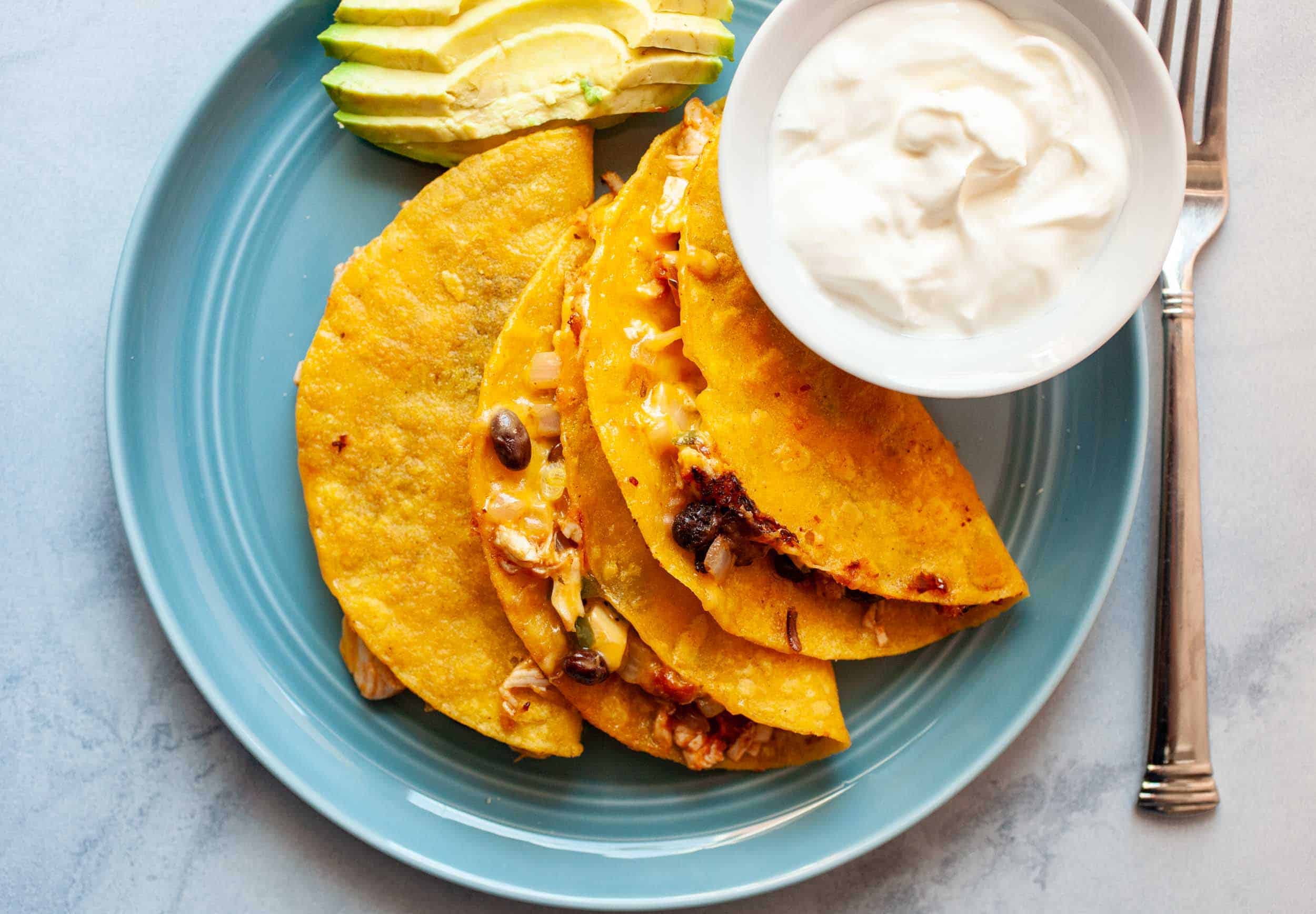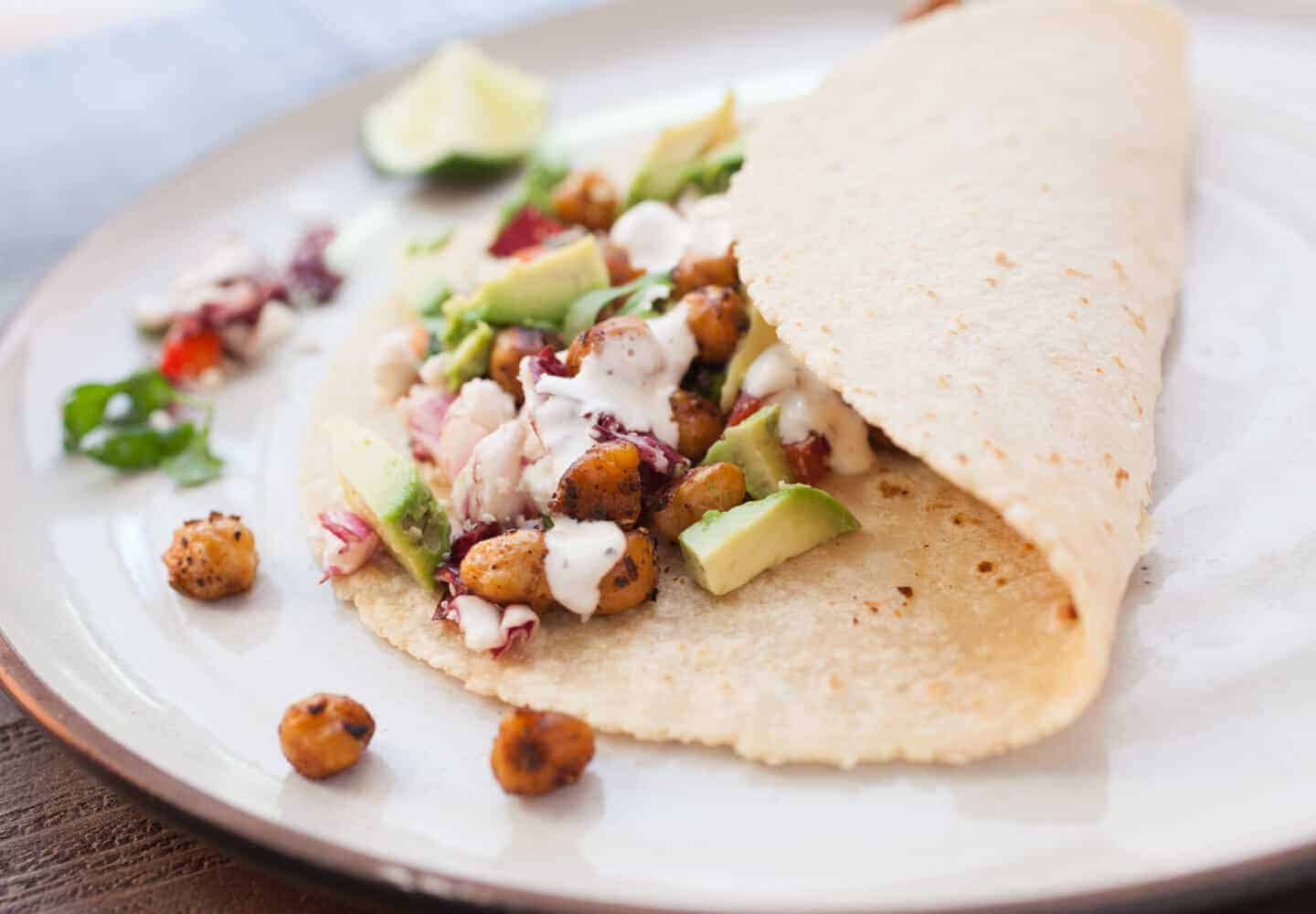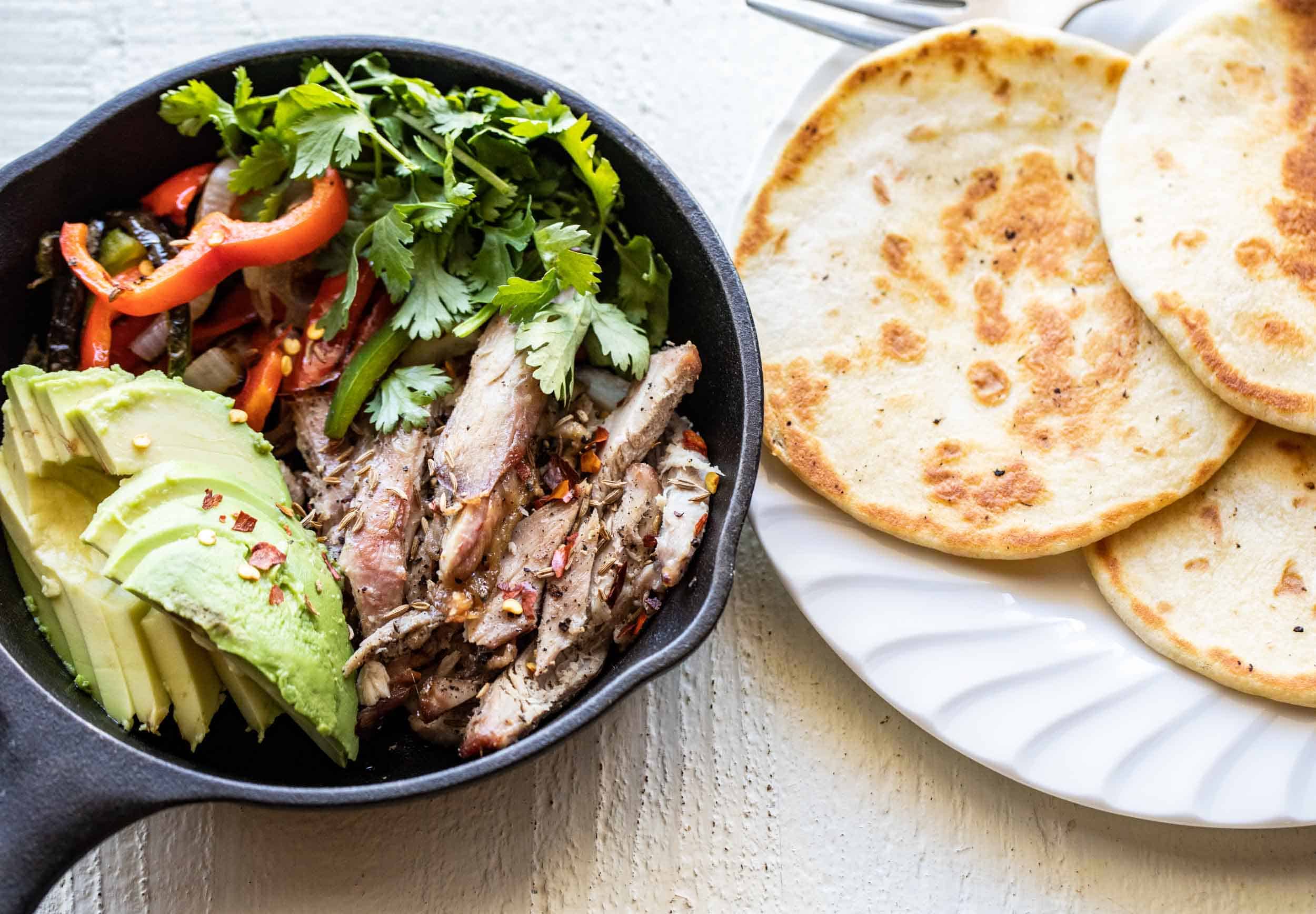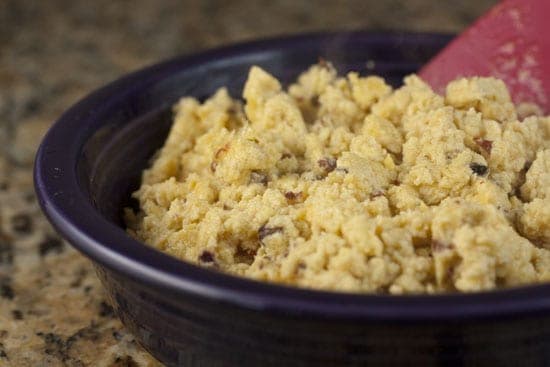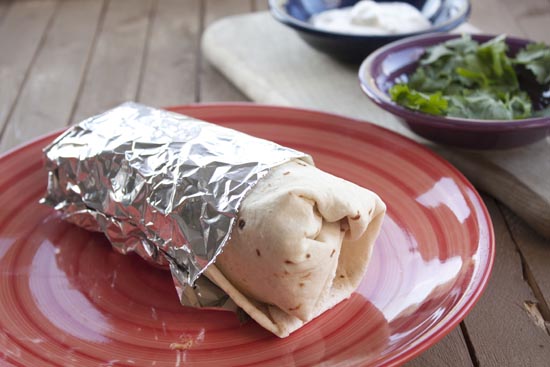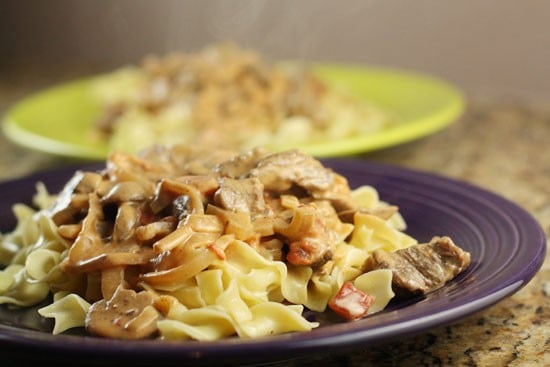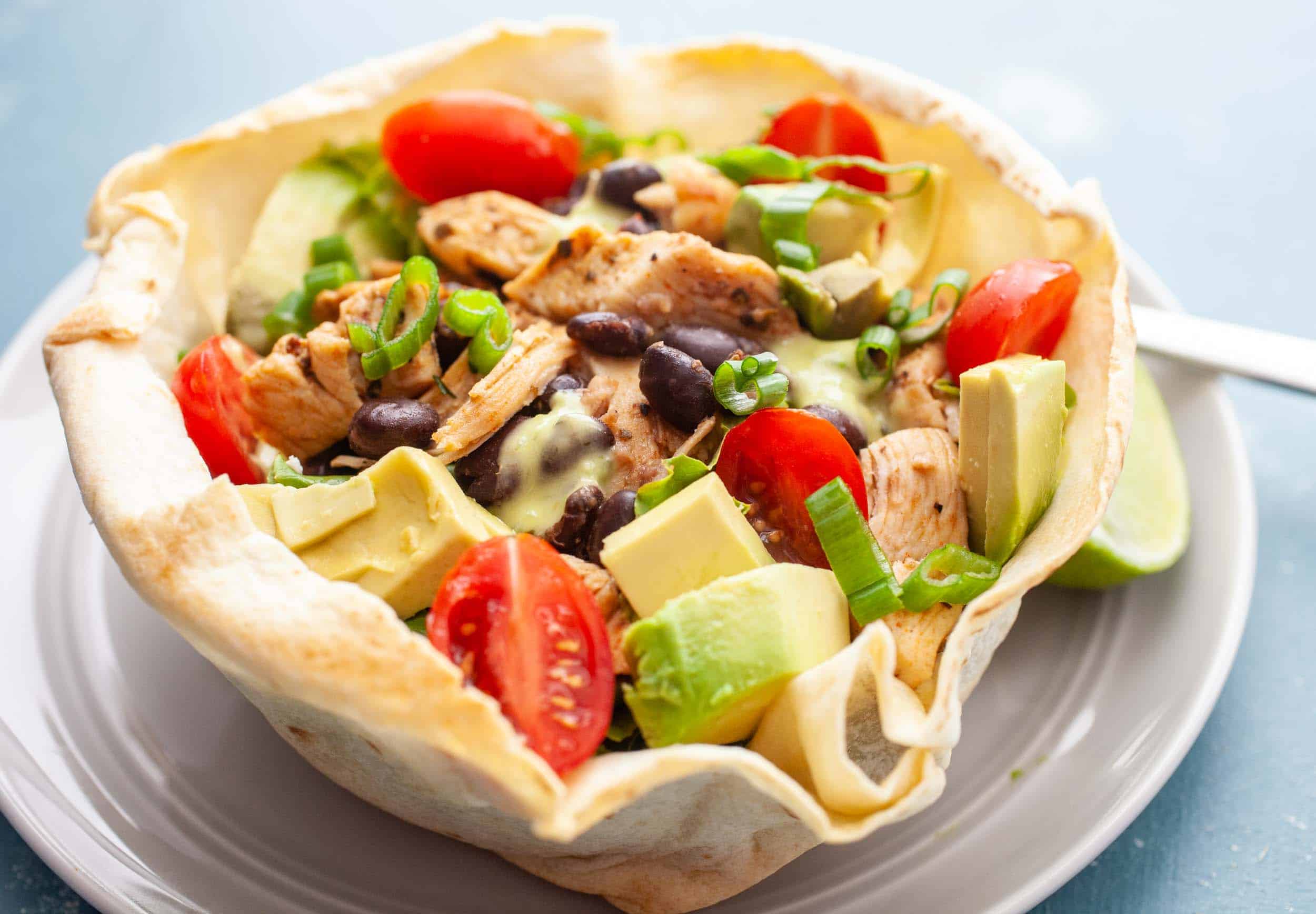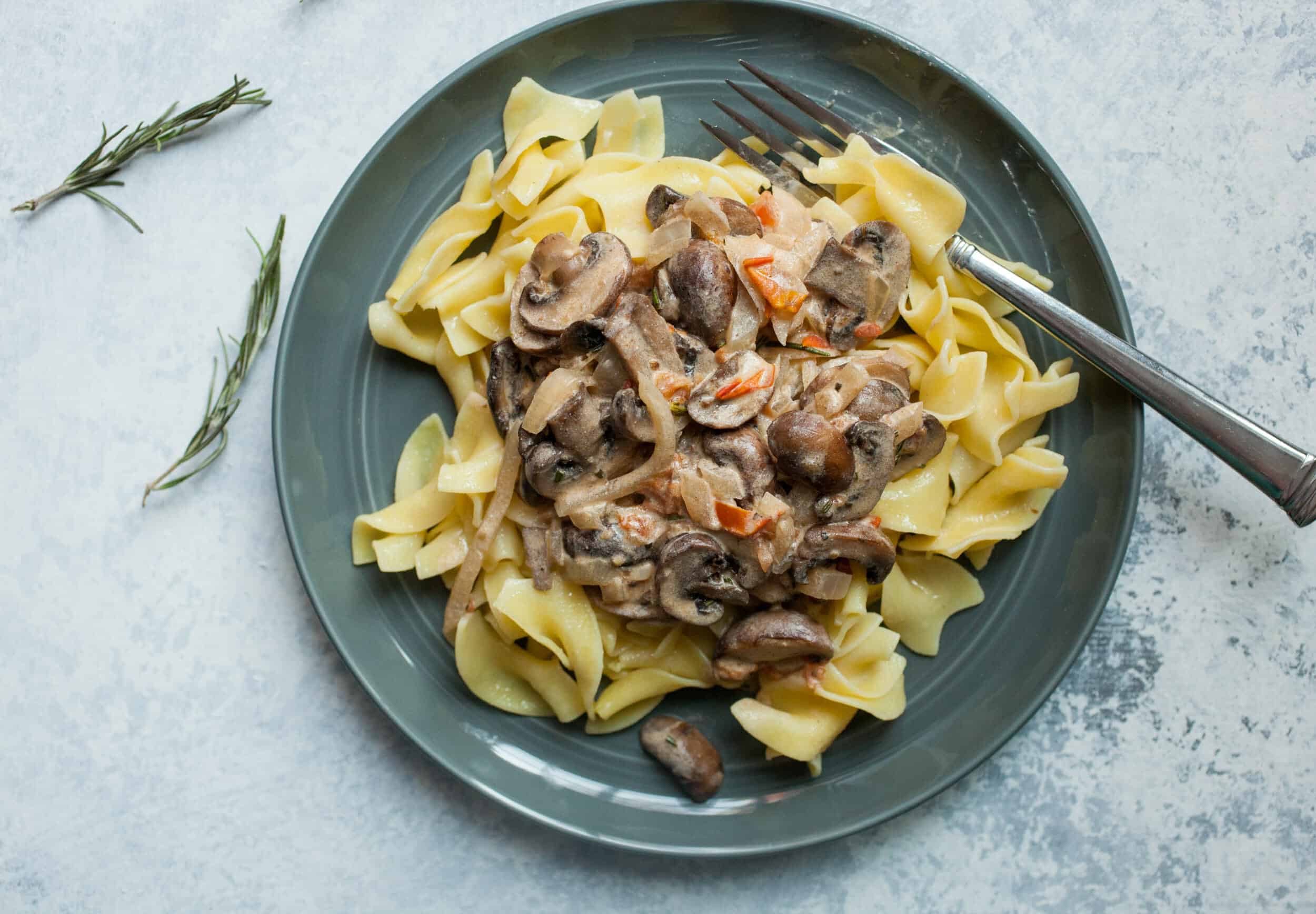Sour Cream: Important Facts, Health Benefits, and Recipes
Explore the health benefits, history, and uses of sour cream, a dairy product made by fermenting cream with lactic acid bacteria, and discover various sour cream recipes.
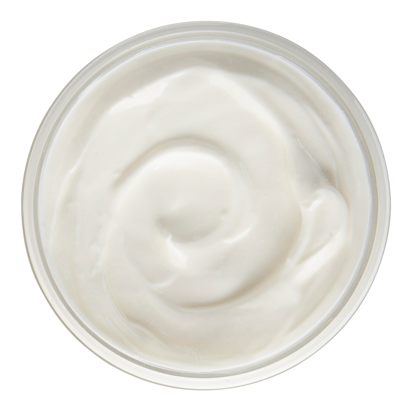
Nutritional Facts
1 tbsp
Amount per serving
Calories
23.8
Carbohydrates
0.6 g
Fat
2.3 g
Protein
0.3 g
Saturated Fat
1.2 g
Sodium
3.7 mg
Fiber
0 g
Sugar
0.4 g
Best Sour Cream Recipes
-
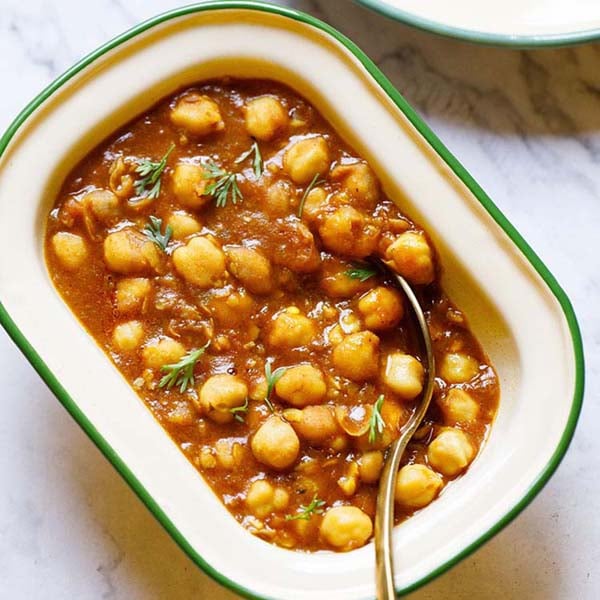
-
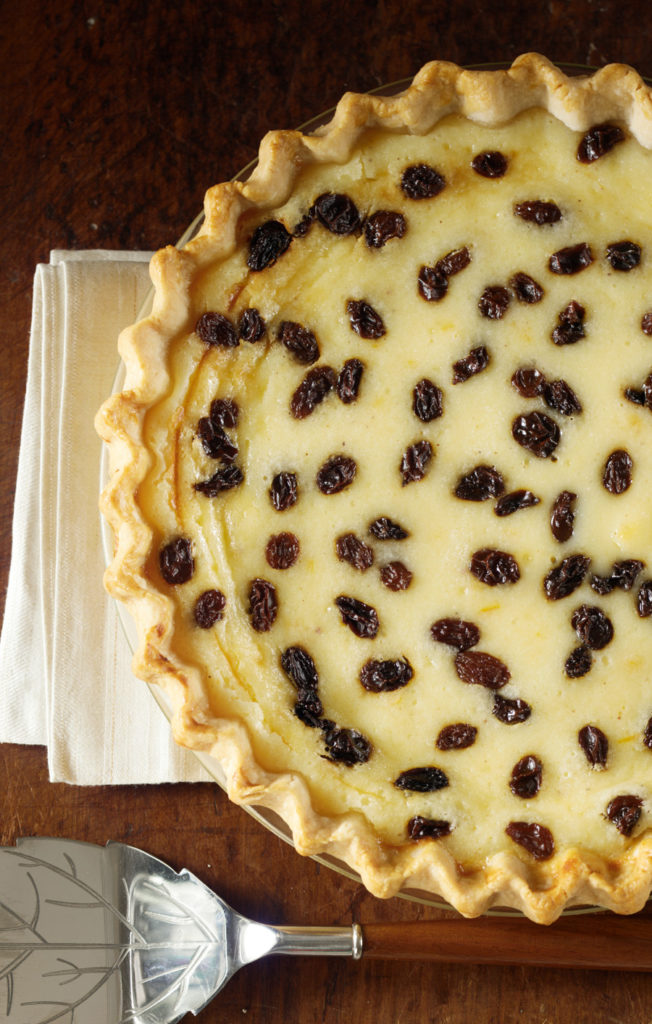
-
:max_bytes(150000):strip_icc()/sour-cream--908123382-5a71dfe2875db90037765f60.jpg)
-
:max_bytes(150000):strip_icc()/SourCreamMashedPotatoes-3-8e2655d6dea340b3ac420356dc8c3fa0.jpg)
-

-
:max_bytes(150000):strip_icc()/Simple-Recipes-Sour-Cream-Apple-Pie-SEO-Shot-3-f032c6f6f16d485d96c2fe7eb456b395.jpg)
-
:max_bytes(150000):strip_icc()/loaf-of-bread-182835505-58a7008c5f9b58a3c91c9a14.jpg)
-

-
![Polish Cucumbers in Sour Cream (Mizeria) Recipe Image]()
-
![Sour Cream Peach Pie Image]()
-
![French Onion Dip Image]()
-
![Sour Cream and Bacon Deviled Eggs Recipe Image]()
-
![Elote – Mexican Grilled Corn Image]()
-
![Russian Dressing Image]()
-
![Blueberry Sour Cream Waffles Image]()
-
![Shredded Chicken Hard Tacos Image]()
-
![Homemade Taquitos Image]()
-
![Crispy Chickpea Tacos Image]()
-
![Crispy Tempeh Tacos Image]()
-
![Near Perfect Nachos Image]()
-
![Bourbon Cured Salmon Image]()
-
![Bite-Sized Blooming Onions Image]()
-
![Spicy Shrimp Quesadillas Image]()
-
![Vegetarian Green Chile Enchiladas Image]()
-
![Pulled Chicken Frito Pies Image]()
-
![Bean and Cheese Baked Tacos Image]()
-
![Leftover Turkey Fajitas Image]()
-
![Spinach Artichoke Cups Image]()
-
![Cheesy Chipotle Eggs Image]()
-
![Sonoran Hot Dogs Image]()
-
![Grilled Fish Tacos Image]()
-
![Chipotle Chicken Taco Bowls Image]()
-
![Loaded Potato Wedges Image]()
-
![Easy Baked Shrimp Dip Image]()
-
![The Colorado Burrito Image]()
-
![Baby Back Rib Nachos Image]()
-
![Chalupas Image]()
-
![Buffalo Bread Image]()
-
![Breakfast Nachos Image]()
-
![Sweet Potato Pierogi Image]()
-
![BLT Quesadillas Image]()
-
![Real Beef Stroganoff Image]()
-
![Carne Asada Nachos Image]()
-
![Chickpea Patties with Yogurt Sauce Image]()
-
![Cloud Cakes Image]()
-
![Homemade Taco Bowl Image]()
-
![Chili Relleno Burrito Image]()
-
![Weeknight Mushroom Stroganoff Image]()


:max_bytes(150000):strip_icc()/cucumbers-in-sour-cream-recipe-polish-1137518-hero-01-0cd0c931dafb41a59805a03f2135a1ec.jpg)

:max_bytes(150000):strip_icc()/french-onion-dip-47713760-07-cdb01a84191d432597dae16311b9fb23.jpg)
:max_bytes(150000):strip_icc()/__opt__aboutcom__coeus__resources__content_migration__simply_recipes__uploads__2016__12__2016-12-13-Deviled-Eggs-4-c7d61004dce642a0aae46dcfc204746f.jpg)

